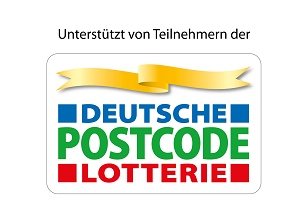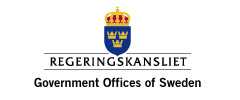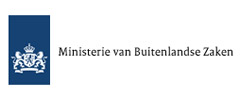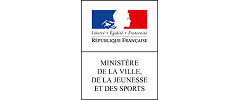Analysis of pesticide levels in drinking water.
Still too high concentrations of the herbizide Atrazine in the drinking water springs in Garla Mare, Romania.
17.05.2005 |Margriet Samwel
Summary
WECF analysed the drinking water from 2 springs of the village Garla Mare in Romania in May 2005. Analysed were the cemical groups of Triazin and Urea herbicides by a multi-analyse. The levels of the herbizide Atrazin, -- used in maize and corn cultures and a hormone disrupting chemical -- were found in too high concentrations, as well as lower detectable levels of Simazin and Cyanazin. The samples were taken by WECF and were analyses in the Laboratory "Mayr Umwetlanalytik GmbH, Dachau, Germany.Atrazin concentration (240 –250 ng/l) in both samples are over the allowed pesticide limit of 100 ng/l of the EU drinking water directive.
Desethylatrazin, a decomposing compound of atrazin, reaches almost the limit of 100 ng/l.
Simazin and Cyanazin, two other herbicides of the triazin compounds are detectable, but still under the limit.
Pesticides of the Urea herbicides are not detectable
Conclusion
1.According the EU directive for water intended for human consumption the analysed spring waters of Garla Mare do not reach the standard for pesticides
2.The atrazin concentration found is lower than we found in former times (2002-2003: 360 –500 ng/l).
3. There is a tendency that the pesticide concentration in the Sipot spring is bit higher then in the 2nd spring close to the lake (In the north of the Sipot), but the difference could still be in the range of analytic faults
4. More analyses should be carried out to investigate the seasonal fluctuation of the triazin concentration in the spring water of Garla Mare.
To download the water analysis file (word document)
Munich 13.05.2005
Margriet Samwel
WECF

































